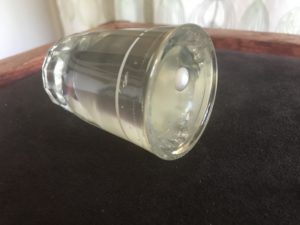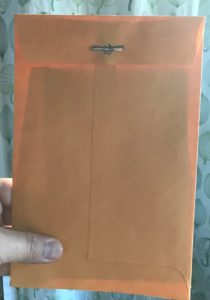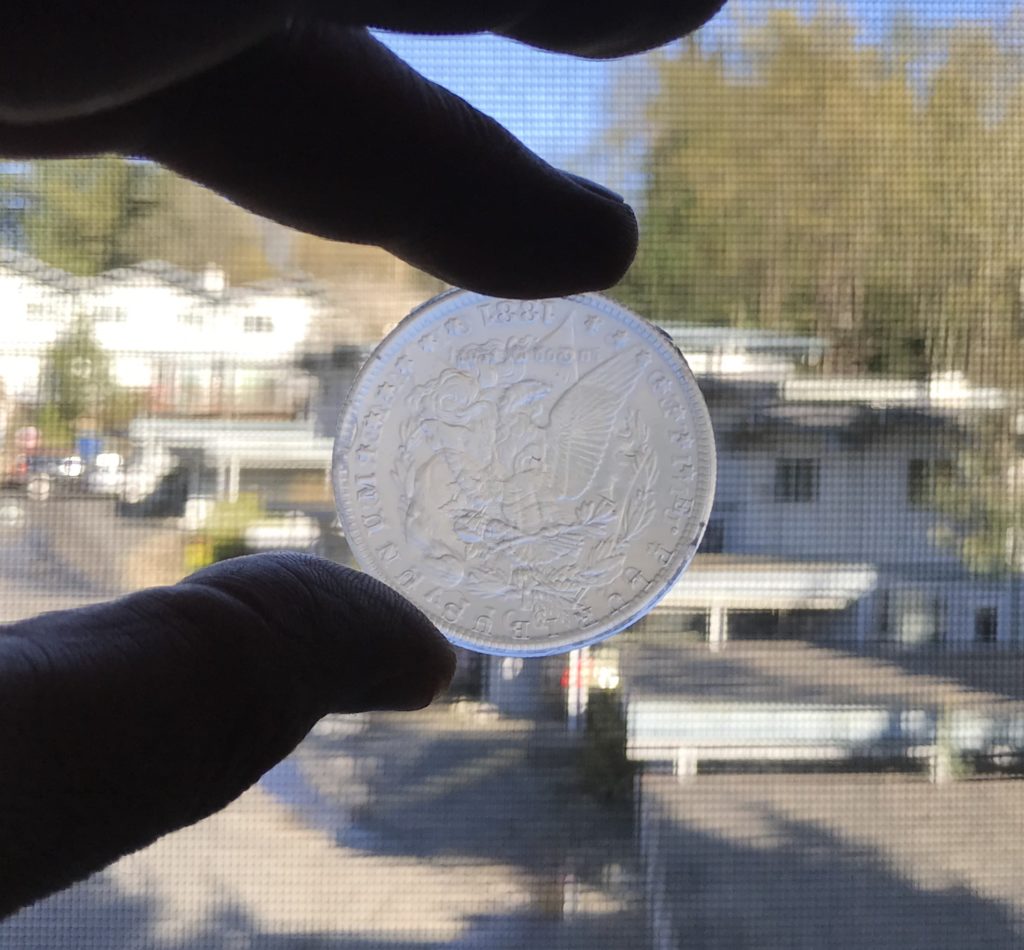If you read this blog or follow me on social media, you know I’m not the Three Shell Game. I’ve come up with several original takes on the classic trick, which is great for a routine that’s basically been unchanged decades. I just built an ending for the shell game that I think is pretty cool.
Before I tell you what I did, let me tell you the two types of tricks that I think are usually the most lazy ways of being creative with magic. They are items that are hollow and turn solid and items that turn into glass (or clear plastic). Yes, there are execptions, like when Jerry Andrus and Danny Korem first did the Omni Deck. If you take a marker an turn it clear…great, but unless you have a really original take on the switch, it’s just a color change and no different from turning the marker from red to black.
So now, let’s get back to the shell game. Personally I’ve never done the ending where the shells turn solid. Why? I don’t think it makes sense. It’s a kicker ending that’s not really logical and doesn’t really move the ending forward. It’s too different from what has happened the whole time. It’s a “what?” moment because it thinking of the audience has to shift a lot from what was happening the whole routine. It’s almost like it’s the beginning of a new routine.
How did I fix the solid shells? I took it a step further. I used it as the starting point for another effect. Here’s how the routine plays. You do a few shell sequences, then cover a shell and pea with a shot glass. They are mixed around and guess where the pea is. When they lift the shot glass, then the shell, they see no pea, and then they discover the shell is solid. Now it’s a mystery they just discovered. They will turn over the other two shells to check them, and they are solid as well. Having them discover the solid shell is soo much better than you revealing it.
Now for the new ending:
When they look at the shotglass that’s sitting on the table, they see the pea under it. When they pick up the shotglass, they realize the shotglass is solid! The pea is embedded in the solid shotglass!

This is a solid (pun intended) ending for the solid shell game. It takes the routine one step forward to an ending that’s more logical than just the solid shells.


